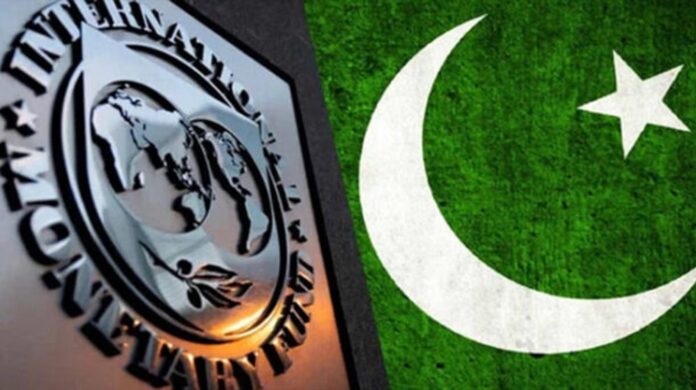The International Monetary Fund (IMF) urges Pakistan to eliminate the salaried/non-salaried tax rate distinction and limit the number of rate slabs to four in order to rationalise individual tax rates.
The IMF has pushed Pakistan to lower the maximum taxable income threshold for paid employees and set a 35 percent income tax rate for individuals making Rs. 333,000 per month in order to harmonise taxes.
According to the lender’s most recent tax policy recommendations to Pakistan, the federal government should remove tax credits for share investments, mortgage payment deductions, preferential treatment for employees in particular industries, and tax breaks for full-time teachers and researchers.
The yearly non-taxable level is the same for salaried taxpayers at Rs. 60,000 (~US$ 2,150). However, the bracket structures for corporate and salaried taxpayers differ. Five tax levels are available to salaried individuals: 2.5, 12.5, 22.5, 27.5, and 35 percent; the highest tax bracket is triggered at an annual income of Rs. 6 million.
With six tax brackets at rates of 7.5, 15, 20, 25, 30, and 35 percent, as well as the highest bracket for yearly income beginning at Rs. 4 million, non-salaried persons pay higher effective tax rates.
The FBR’s income tax collection varies greatly depending on the taxpayer type and geographic location. The provinces of Sindh and Punjab collect the most taxes.
Although Associations of Persons (AOP) in Sindh generate thirty-three percent of Pakistan’s income tax receipts, they only make up less than two percent of taxpayers. In Pakistan, the average income tax contribution made by AOPs is Rs. 43,000, compared to Rs. 1,200 for individuals (salaried individuals, or SIs, and non-salaried individuals, or NSIs), and just Rs. 200 for incorporated enterprises, or COYs.
Depending on whether they are salaried (i.e., more than 75% of taxable income is generated from work) or non-salaried (i.e., sole proprietors and associations of persons, or AOPs), natural persons are subject to progressive rates of taxation on two distinct scales.
Both scales contained seven or eight income slabs apiece until recently, as opposed to the four slabs that were previously advised. While the tax rates on salaries of salaried persons and AOPs were raised in 2023, the number of slabs for salaried individuals was decreased to five, but not to the level that the IMF had desired.
In contrast to salaried persons, who are subject to the same maximum marginal tax rate of 35 percent at Rs. 6 million, non-salaried individuals are taxed at a greater rate at each income bracket, reaching the highest marginal tax rate of 35 percent at Rs. 4 million in yearly taxable income.
The current system of personal income tax rates poses many issues, as stated by the IMF. Despite being mostly progressive, the marginal income tax rate structure only applies to specific forms of income, creating disparities amongst taxpayers with varying income streams.
Second, because salaried individuals pay lower taxes than non-salaried individuals do, people may be more inclined to classify their income as business rather than employment. This could create administrative difficulties because it can be difficult to distinguish between situations involving an employer-employee relationship and those involving a customer-consultant relationship.
The existing schedular system’s disparities in the ultimate tax loads imposed on various income types are also affected by this issue, as taxpayers are likely to engage in tax planning and restructuring to make sure their income falls into the most beneficial tax category. Engaging in such activities can result in significant economic inefficiencies as taxpayers choose income-earning endeavours that may be less efficient but subject to lower taxes, and they also incur economic deadweight losses due to the diversion of resources into useless planning activities.










